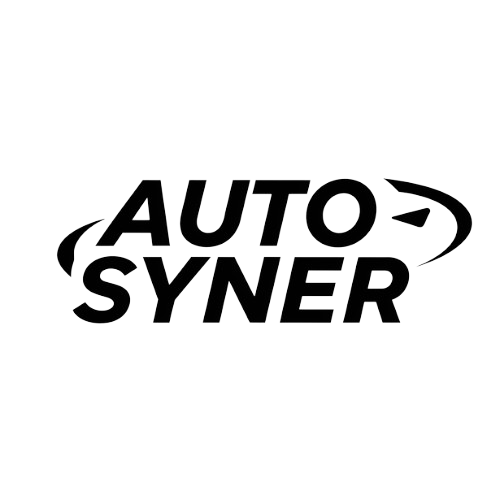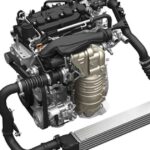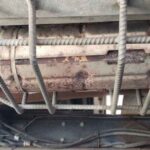When your Ford Expedition fails to start, it can disrupt your plans and leave you stranded. This guide offers quick solutions to the common culprits behind such issues, helping you diagnose and resolve the problem swiftly, ensuring you’re back on the road in no time.
The frustration of turning the key in your Ford Expedition only to be met with silence is all too familiar. Whether you’re rushing to work or embarking on a family road trip, a non-starting vehicle can throw a wrench into your plans.
Fear not, as this guide is your lifeline in such moments of automotive distress. Delve into quick solutions for the most common causes behind your Expedition’s reluctance to start, empowering you to conquer these setbacks with ease. Say goodbye to the uncertainty and inconvenience of a stalled vehicle, and hello to smooth journeys ahead.
Brief overview of the issue
The issue of a Ford Expedition failing to start is a common occurrence faced by many vehicle owners. It can be attributed to various factors such as battery problems, fuel system issues, ignition malfunctions, or electrical faults.
This guide aims to provide quick solutions to these prevalent causes, enabling Expedition owners to diagnose and resolve the issue efficiently, ensuring minimal disruption to their daily routines and travel plans.
Importance of addressing it promptly
Addressing the issue of a non-starting Ford Expedition promptly is crucial to avoid further inconvenience and potential safety hazards.
Delayed resolution can lead to prolonged downtime, impacting daily routines and essential commitments. Moreover, neglecting the problem may exacerbate underlying issues, potentially resulting in costly repairs down the line.
By taking swift action, owners can restore their Expedition’s functionality swiftly and regain peace of mind on the road.
Battery Related Issues
Dead Battery
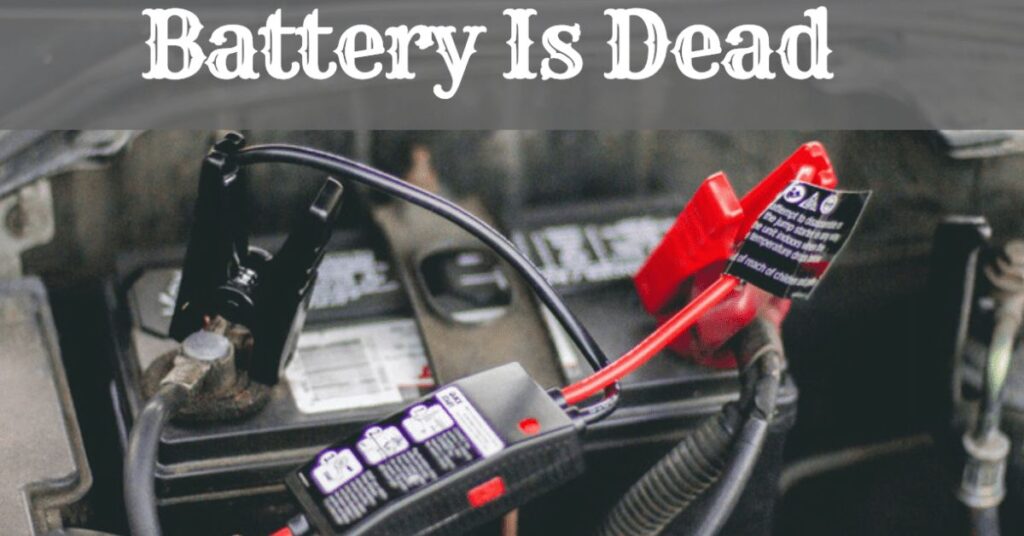
A dead battery is one of the most common reasons why a Ford Expedition may fail to start. Symptoms include dim or no lights on the dashboard, clicking sounds when attempting to start the engine, and electrical components not functioning. To resolve this issue, jump-starting the vehicle or replacing the battery may be necessary. Regular battery maintenance and monitoring can help prevent future occurrences.
Solutions
Solutions for addressing a dead battery in a Ford Expedition include jump-starting the vehicle, replacing the battery if necessary, and implementing regular maintenance practices to prevent future issues.
Jump-starting: Use jumper cables and a functioning vehicle to jump-start the Expedition. Follow proper safety procedures and ensure correct connection of cables.
Battery Replacement: If the battery is old or cannot hold a charge, replacing it with a new one is necessary. Choose a battery with the appropriate specifications for your Ford Expedition.
Read This Blog:https://autosyner.com/how-to-disable-ford-anti-theft-system/
Battery Maintenance: Regularly inspect and clean battery terminals to prevent corrosion. Ensure proper battery connections and consider using a battery tender or charger for maintenance during periods of inactivity.
Corroded Battery Terminals
Corrosion on battery terminals can hinder electrical conductivity, leading to starting issues in a Ford Expedition. Symptoms include difficulty starting, dim lights, or intermittent electrical problems.

Cleaning the terminals thoroughly and applying anti-corrosion solution can help restore proper connectivity. Regular inspection and maintenance are recommended to prevent corrosion buildup.
Solutions
Solutions for corroded battery terminals in a Ford Expedition involve thorough cleaning of the terminals and application of anti-corrosion solution to restore proper electrical connectivity, alongside regular maintenance to prevent future corrosion buildup.
Cleaning terminals
To address corroded battery terminals in a Ford Expedition, use a wire brush or terminal cleaner to remove corrosion buildup, ensuring a clean metal surface for optimal electrical contact.
Additionally, applying a mixture of baking soda and water can help dissolve corrosion. Rinse with clean water and dry thoroughly before reconnecting the terminals.
Terminal replacement
In cases where cleaning doesn’t effectively address corrosion on battery terminals in a Ford Expedition, replacing the terminals may be necessary.
Also Read This Blog:https://autosyner.com/chevrolet-silver-ado-wont-start-top-14-causes-solutions/
This involves disconnecting the old terminals, installing new ones, and ensuring proper tightening to establish a secure electrical connection, thus resolving starting issues caused by corroded terminals.
Fuel System Problems
If you suspect fuel system problems in your Ford Expedition, there are several potential issues to consider. Here’s a list of common fuel system problems and their possible solutions.

Fuel Pump Failure: The fuel pump is responsible for delivering fuel from the tank to the engine. If it fails, the engine may not receive an adequate fuel supply.
Symptoms include difficulty starting the engine, engine sputtering, or stalling while driving. If you suspect a faulty fuel pump, have it inspected by a mechanic and replace it if necessary.
Clogged Fuel Filter: The fuel filter traps debris and contaminants from entering the engine. Over time, the filter can become clogged, restricting fuel flow and causing engine performance issues. Replace the fuel filter according to the manufacturer’s recommended maintenance schedule, typically every 30,000 to 50,000 miles.
Fuel Injector Problems: Fuel injectors spray fuel into the engine’s combustion chamber. If they become clogged or malfunction, the engine may misfire, idle roughly, or experience decreased performance. Consider using a fuel injector cleaner additive or have the injectors professionally cleaned or replaced if needed.
Fuel Pressure Regulator Issues: The fuel pressure regulator maintains a constant fuel pressure within the fuel system. If it fails, the engine may experience fuel delivery problems, leading to starting difficulties or engine hesitation.
Have the fuel pressure regulator tested and replaced if necessary.
Faulty Fuel Pump Relay: The fuel pump relay controls power to the fuel pump. If the relay fails, the fuel pump may not receive power, resulting in engine starting issues or stalling.

Test the fuel pump relay using a millimeter and replace it if it’s defective.
Fuel System Leaks: Leaks in the fuel system can lead to a loss of fuel pressure and potential fire hazards. Inspect the fuel lines, connections, and fuel tank for any signs of leaks.
Repair or replace damaged components as needed and ensure proper sealing.
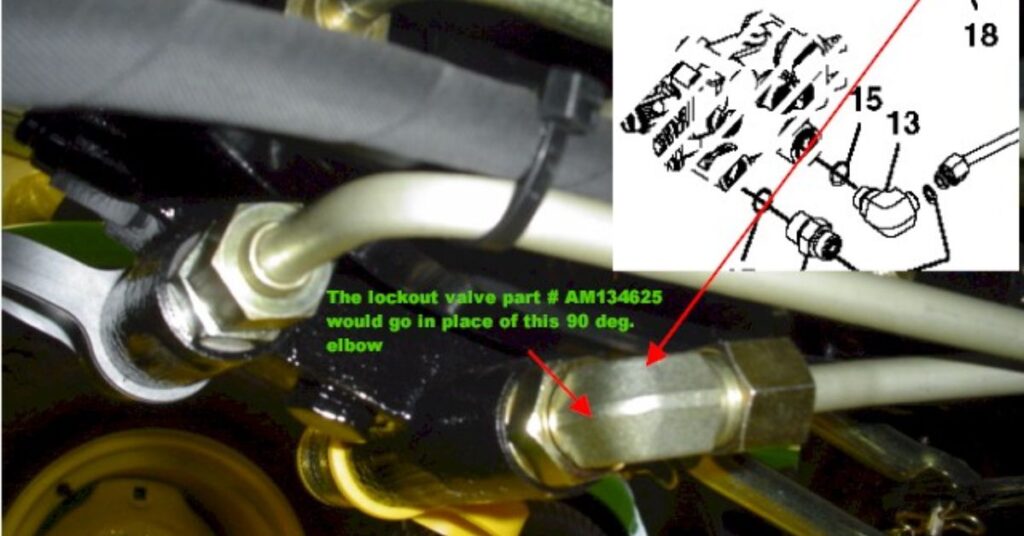
Contaminated Fuel: Poor-quality or contaminated fuel can cause engine performance problems. If you suspect bad fuel, drain the fuel tank and replace it with fresh, clean fuel.
Consider using a fuel system cleaner additive to remove any remaining contaminants from the fuel system.
Electronic Fuel Injection (EFI) System Issues: Modern vehicles, including Ford Expeditions, use electronic fuel injection systems to deliver fuel to the engine.

If there are issues with sensors, wiring, or the electronic control unit (ECU), the fuel system may not function properly. Have the EFI system diagnosed by a qualified mechanic using specialized diagnostic equipment.
If you’re uncertain about diagnosing or repairing fuel system problems yourself, it’s best to seek assistance from a certified mechanic or Ford dealership to ensure proper diagnosis and resolution of the issue.
Ignition System Malfunctions
Ignition system malfunctions can lead to starting problems and engine performance issues in your Ford Expedition. Here are some common ignition system problems and potential solutions.
Faulty Spark Plugs: Worn or fouled spark plugs can cause misfiring, rough idling, and difficulty starting the engine. Inspect the spark plugs for signs of wear, such as erosion of the electrodes or carbon buildup.
Replace the spark plugs according to the manufacturer’s recommended interval, typically every 30,000 to 100,000 miles, depending on the type of plugs installed.
Defective Ignition Coils: Ignition coils are responsible for generating high-voltage electrical pulses to ignite the air-fuel mixture in the engine’s cylinders.
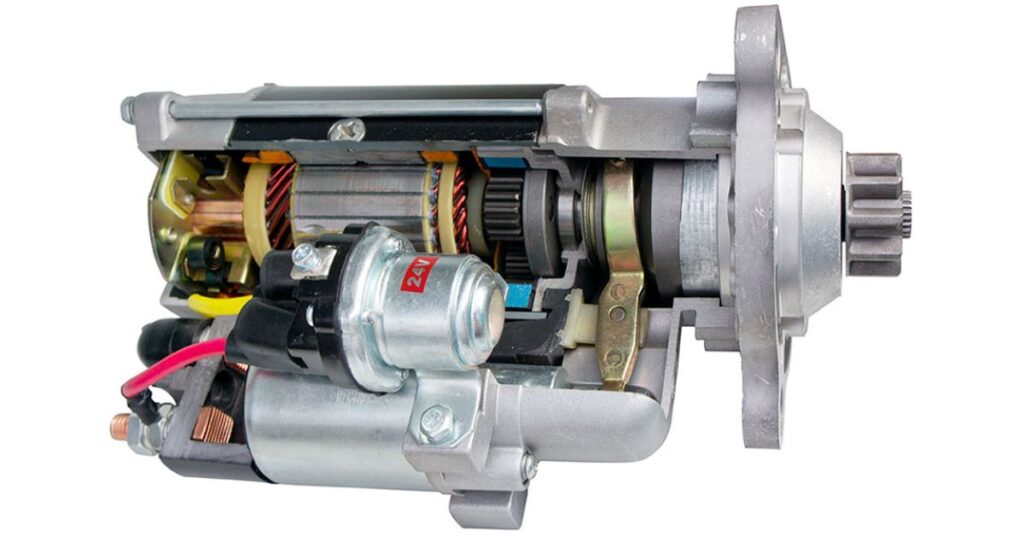
If a coil fails, it can result in engine misfires, poor fuel economy, and difficulty starting the engine. Use a diagnostic scanner to identify any misfiring cylinders and replace the faulty ignition coil(s) as needed.
Ignition Switch Problems: The ignition switch is used to start the engine and power various electrical components in the vehicle.
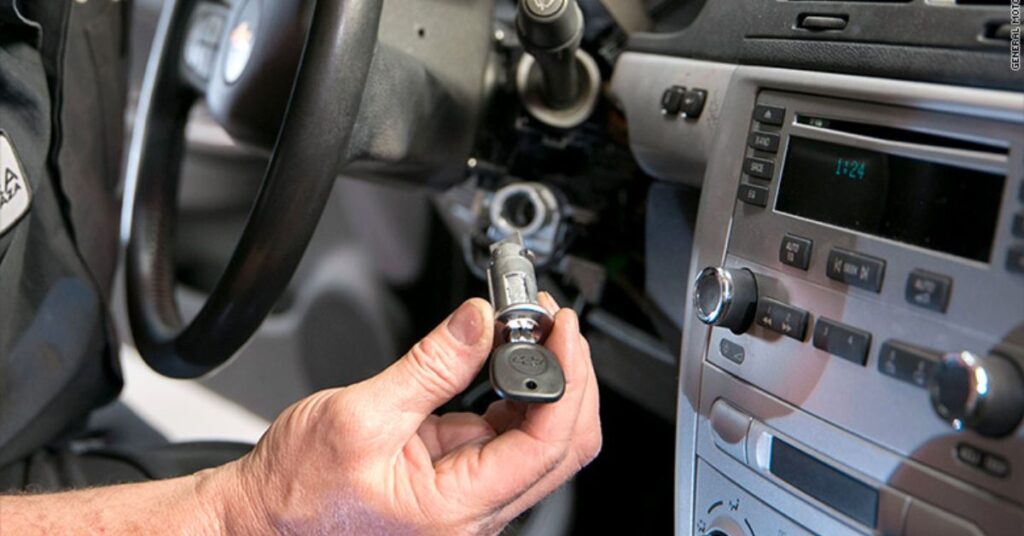
If the ignition switch fails or malfunctions, it may prevent the engine from starting or cause intermittent electrical issues. Inspect the ignition switch for signs of wear or damage, and replace it if necessary.
Distributor Issues (if applicable): Older Ford Expeditions equipped with traditional distributor ignition systems may experience problems such as worn distributor caps, rotors, or ignition points. Inspect these components for wear or damage and replace them if needed.
Faulty Crankshaft Position Sensor: The crankshaft position sensor detects the position and speed of the crankshaft, providing crucial information to the engine control unit (ECU).
A faulty sensor can cause starting problems, engine hesitation, or stalling. Use a diagnostic scanner to check for any crankshaft position sensor-related error codes and replace the sensor if necessary.
Damaged Ignition Wires: Damaged or worn ignition wires can cause electrical resistance, leading to weak or inconsistent spark delivery to the spark plugs. Inspect the ignition wires for cracks, burns, or breaks, and replace them if needed.
Electronic Control Module (ECM) Issues: The ECM, also known as the engine control module or powertrain control module, controls various engine functions, including ignition timing and fuel delivery.

If the ECM malfunctions or develops a fault, it can result in starting problems and poor engine performance. Have the ECM diagnosed by a qualified mechanic using specialized diagnostic equipment, and replace it if necessary.
Security System Interference: Some Ford Expeditions are equipped with anti-theft security systems that may prevent the engine from starting if triggered. Ensure that the security system is not activated or causing interference with the ignition system.
Refer to the owner’s manual for instructions on resetting or bypassing the security system if needed.
If you’re unsure about diagnosing or repairing ignition system malfunctions yourself, it’s best to seek assistance from a certified mechanic or Ford dealership to ensure proper diagnosis and resolution of the issue.
FAQ’S
What are common signs of ignition system malfunctions?
Signs include engine misfires, rough idling, difficulty starting, decreased fuel economy, and illuminated check engine light.
How often should spark plugs be replaced?
Spark plugs typically need replacement every 30,000 to 100,000 miles, depending on the type of plugs and driving conditions.
What causes ignition coils to fail?
Factors like heat, vibration, age, and electrical overloading can contribute to ignition coil failure.
How do I know if my ignition switch is faulty?
Symptoms include difficulty turning the key, intermittent starting problems, and loss of electrical power to accessories.
Can damaged ignition wires be repaired?
It’s generally recommended to replace damaged ignition wires rather than attempting repairs, as damaged wires can compromise ignition performance.
What should I do if my engine continues to misfire after replacing spark plugs?
Check ignition coils, ignition wires, and other ignition system components for potential issues, and consider consulting a mechanic for further diagnosis.
Conclusion
If your Ford Expedition won’t start, it’s important to systematically troubleshoot potential issues to identify the root cause. Start by checking the battery, inspecting the starter, examining the fuel system, testing the ignition components, and evaluating the alternator
Additionally, ensure that the vehicle’s security system is not preventing the engine from starting and scan for any stored error codes. If necessary, consult a professional mechanic or Ford dealership for further diagnosis and repair. By following these steps, you can quickly address common causes of starting problems and get your Ford Expedition back on the road.
